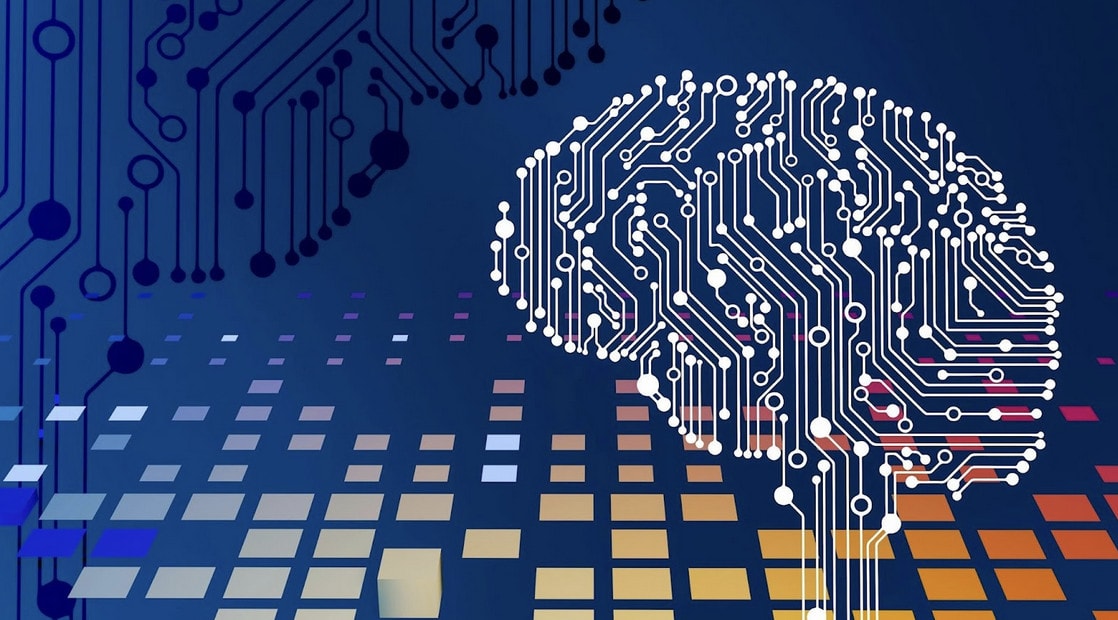As we progress deeper into the AI age, generative AI development companies are at the forefront of technological transformation, not only responsible for reshaping industries but also mapping the ethical, technical, and societal dimensions of artificial intelligence. 2025 will bring more extensive sets of challenges and expectations, pushing these companies to develop much beyond their current capacities.
This article explores the emerging tasks and areas of focus that will inform generative AI application development in 2025, considering how these companies will respond to a rapidly changing technology and society.
What Are the Primary Areas of Focus for Generative AI Development in 2025?
The underlying mission of any generative AI development company is to produce systems capable of creating content—text, code, images, video, and so on—through comparatively minimal human effort. But in 2025, that mission multiplies manifold.

Some of the most significant areas of concentration are:
- Multimodal Capabilities – Escaping single-format generation into systems capable of merging text, audio, image, and video generation in seamless workflows.
- Domain-Specific Solutions – Creating targeted generative AI development solutions in healthcare, finance, manufacturing, and other high-impact domains.
- Efficiency and Optimization – Reducing the cost of computing while increasing the model’s efficiency.
- Ethical and Responsible AI – Confronting bias, transparency, and data privacy head-on.
- Integration at Scale – Enabling seamless deployment into enterprise-scale platforms and systems.
How Do They Differ from Current Priorities?
Today, generative AI for software development is centered mostly on building foundational models, experimentation, and innovation. That changes with 2025, which is about productization, scale, and real-world effects.
While 2023–2024 emphasized proof-of-concept prototypes and hype-related adoption, 2025 calls for mature, robust, generative AI application development that can be audited, trusted, and aligned to industry needs.
Security, explainability, and performance benchmarking will be as vital as creativity and fluency. The focus shifts from novelty and towards usefulness, reliability, and ethical responsibility.
How Will the Increasing Demand for Responsible AI Impact the Tasks of Generative AI Companies?
The push for responsible AI is no longer optional. U.S., EU, and global regulatory environments are converging, and customers are demanding transparency, data provenance, and ethical integrity.
Therefore, any generative AI development company will need to:
- Create AI systems that are explainable and auditable.
- Embed guardrails for ethical content generation and misinformation prevention.
- Deploy secure, privacy-preserving data training pipelines.
- Comply with global AI regulations.
Managing the speed of innovation against social responsibility will be a big challenge.
What Advancements in Computational Power Are Necessary to Achieve Goals for Generative AI?
As generative Ai software development gets more complicated, so do computational demands. 2025 will require:
- More capable GPUs and TPUs for inference on large models.
- Low-energy training techniques, including low-rank adaptation, quantization, and pruning.
- Edge deployment and federated learning to reduce cloud access needs.
- Cloud infrastructure on-demand scalability to support peak AI loads.
This arms race in computing will directly impact the speed and cost of generative AI tools for software development.
How Will the Integration of Generative AI into Various Industries Expand?
By 2025, generative AI development will be used in software coding, content generation, diagnosis, customer service, and research as part of core business operations. Organizations will seek:
- Tailor-made APIs and integrated models that are a good match with CRMs, ERPs, and in-house tools.
- Low-code/no-code platforms that allow non-technical users to leverage AI.
- AI copilots in design, engineering, and decision-making.
This evolution will make generative AI application development a strategic business driver, not an independent novelty.
What Are the Anticipated Challenges in Scaling Generative AI Models?
Scaling introduces new challenges:
- Training and inference at scale introduce infrastructure bottlenecks.
- Latency is a problem in real-time use cases.
- Model robustness in edge cases and untested scenarios.
- AI budgets balloon as cost management.
In order to meet demand, a generative AI development company must emphasize optimization and thoughtful scaling solutions that balance ability with availability.
How Will the Development of Multimodal Generative AI Transform Tasks?
Multimodal AI—the ability to both consume and produce across modes—will be the norm. Companies will focus on:
- Building base models that address video, image, text, and audio simultaneously.
- Designing cross-modal workflows, like generating video from text description or code generation from diagrams.
- Ensuring consistency of context, allowing AI to understand intent irrespective of media type.
These technologies will power smarter assistants, immersive experiences, and highly adaptive generative AI development solutions and platforms.
What Role Will Collaboration and Open-Source Initiatives Play?
No single company can solve everything in isolation. Cross-industry and open-source collaboration will be essential.
Seek:
- Common model architectures and training data.
- Normalized safety frameworks.
- Public benchmarks for openness.
- Cross-border cooperation on ethics standards.
The best generative AI development company will collaborate with the broader ecosystem, not compete against it.
How Will the Need for Continuous Learning Shape the Ongoing Tasks and Priorities?
Static models are outdated in an ever-evolving world. Lifelong learning will be the core of generative AI software development.
This includes:
- Lifelong learning systems that learn without being retrained from the beginning.
- Feedback loops where user input generates more precise output.
- On-device fine-tuning for personalized experiences.
- Model versioning to track and roll back changes safely.
It’s not a matter of making smarter AI—it’s a matter of making AI that gets better over time.
Conclusion
The journey for any generative AI development company in 2025 is not easy or uneventful. Companies must transition from experimentation to enterprise-scale execution, from one-size-fits-all tools to domain-specific, tailored solutions, and from closed systems to open ecosystems.
As generative AI software development tools, business intelligence tools, and creative content tools become embedded across industries, the companies developing them must meet ever greater levels of performance, security, and ethics.
Ultimately, the winners in this space will be those who not only deliver cutting-edge technology but who do so with transparency, accountability, and a deep understanding of human needs.

